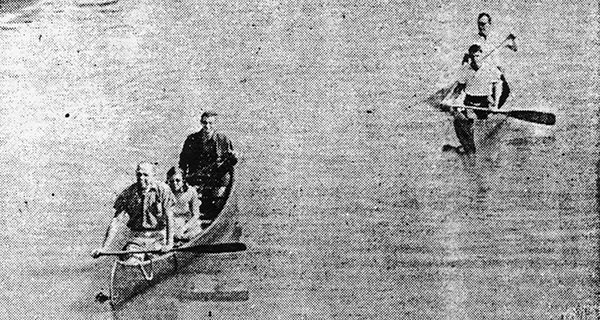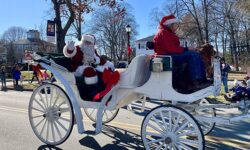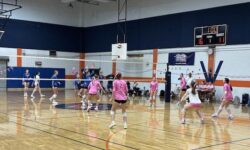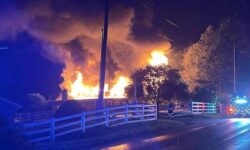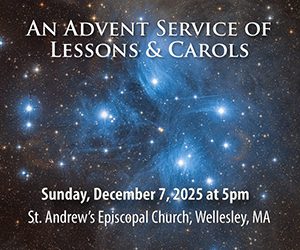[ccfic caption-text format="plaintext"]
With the arrival of 2017, the Neponset River Watershed Association (NepRWA) marks a major milestone: fifty years since the founding of the organization.
NepRWA was formally founded in August of 1967, as the Neponset Conservation Association (the name was “modernized” in 1987). The founders were Harry Fraser, Hanna Bigelow, Henry Lyman, Frank Chase, Lawrence Newcomb, Nicholas DeSalvo, Charles Strumski, Edgar Grout, and Bettina S. Cottrell. They came from Dedham, Westwood, Norwood, Walpole, Sharon and Canton—six of the 14 communities that make up the watershed.
To place the times in context, 1967 predated the first effective federal legislation on water pollution by five years. The river was severely polluted, burdened by widespread and uncontrolled industrial discharges, as well as grossly inadequate domestic sewer systems that overflowed regularly.
The Hatch Act, Massachusetts’ landmark wetlands protection legislation had just been adopted in 1965, and while other legislation had authorized municipalities to establish local Conservation Commissions in 1958, it wouldn’t be until 1972 that Commissions were called on to begin administering wetland protection rules.
Dredging of the river was ongoing, part of a plan first outlined in the late 1800s, to drain the Fowl Meadow wetlands in order to reduce the river’s stench, and allow this large area of “wasted land” to be paved and made available for industrial development.
Planning for the Southwest Corridor Project—a plan to bring route 95 straight into the City of Boston along, and in many cases, on top of the Neponset River, including a full clover leaf at Paul’s Bridge on the Milton-Readville line—was moving full steam ahead.
At the time, the notion that the Neponset River could or even should be a recreational resource or a valued wildlife habitat, that it could ever be anything other than a filthy open sewer, would have seemed like a radical proposition.
In 1966 a small group of activists, including long-time NepRWA member George Bailey of Sharon, got the idea to paddle down the Neponset through Fowl Meadow to Lower Mills with a Patriot Ledger reporter in tow. The reporter described the trip this way:
"The moment we set our canoes into the putrid, murky water … we were overwhelmed by the noxious odor caused by the industrial waste dumped into the river … gobs of sludge floated past us … more gobs of raw paper over a foot thick, so blocked our passage … that we were forced to carry the canoes for about half a mile until we found a clear area."
Out of that challenging, but hopeful time came the Neponset Conservation Association, whose original mission statement from August 1968 still rings true 50 years later:
"The Association’s primary function is to … preserve and utilize natural resources, protect wildlife, reduce and prevent stream pollution and conserve water resources, all in the Neponset River Watershed."
The NepRWA has made great progress since its founding, but there is still plenty of work to do. The Association is thankful to have so many members and volunteers who are committed to its mission of a clean, healthy, accessible river and watershed.
Over the coming year, the NepRWA plan to share snippets of its rich history through blog posts and photos from it archives. The Association also hopes to bring together the organization’s oldest friends this spring at a special annual meeting in May.
More information can be found at www.neponset.org.




